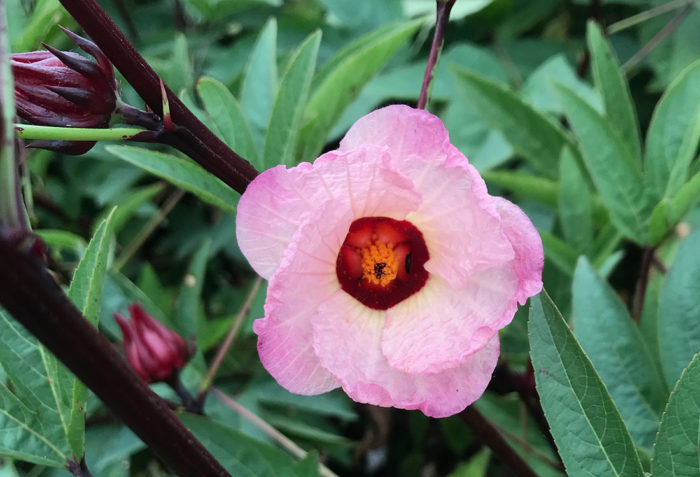
Roselle (Hibiscus sabdariffa, Zones 9–11) continues to get attention from those wishing to introduce a unique edible to their garden. Gardeners everywhere are adding this wonderfully versatile plant to their growing palette. If you have never tried it, I hope this is your year.
Roselle, sour tea, Jamaican hibiscus, and red zinger are all common names for Hibiscus sabdariffa. Lobed leaves, dark red petioles, and rosy flowers are just the beginning of its interest. The main reason most gardeners grow this plant is for the brilliantly colored teardrop-shaped calyxes that remain after flowering. These calyxes can be used to brew a wonderful herbal tea and in other areas of cooking. But don’t just confine this beauty to the vegetable garden. It can be artfully mixed into all areas of your home landscape.
Start the seeds indoors
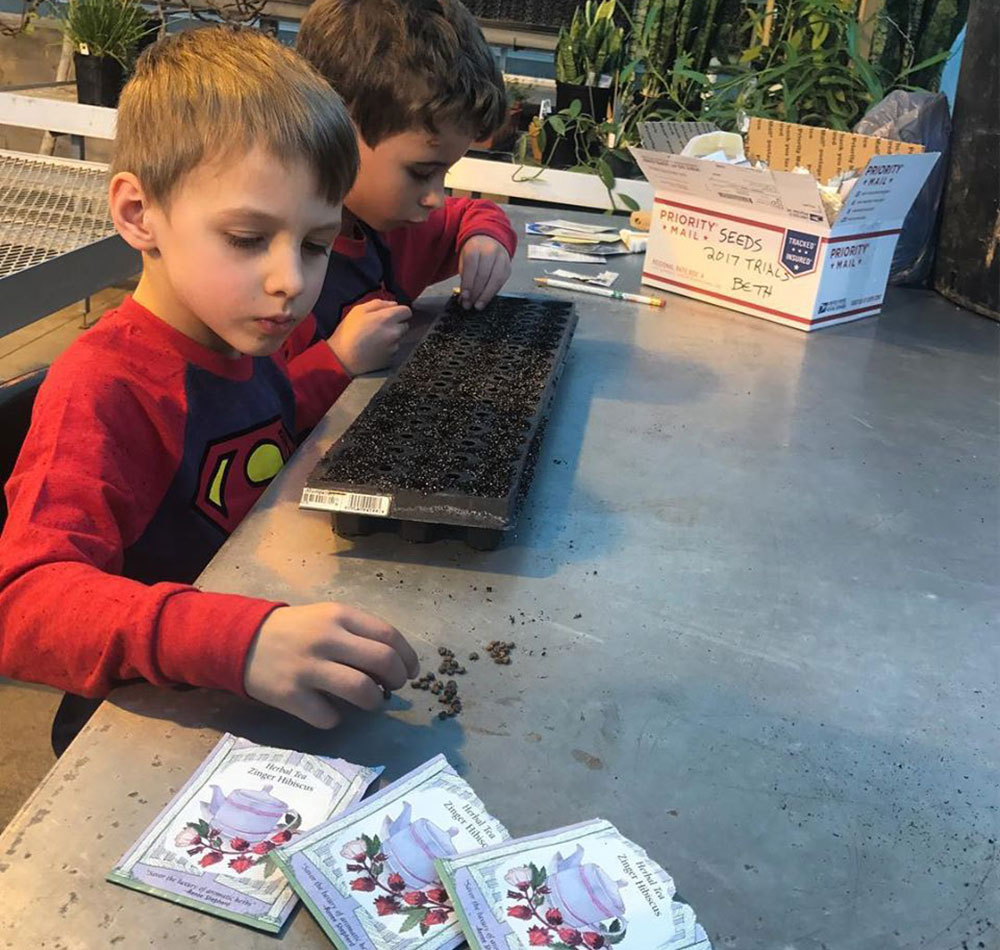
For much of the South, starting roselle seedlings indoors is best. This hibiscus needs a long season to develop. Giving it a head start before planting will give you an advantage later in the season. March is a great month to get started. Keep seedlings very warm at 75° to 80°F and consistently moist. If you live in the deeper South and wish to direct-sow seeds outdoors, nighttime temperatures need to be comfortably above 50°F before seeding.
Planting them requires a bit of room
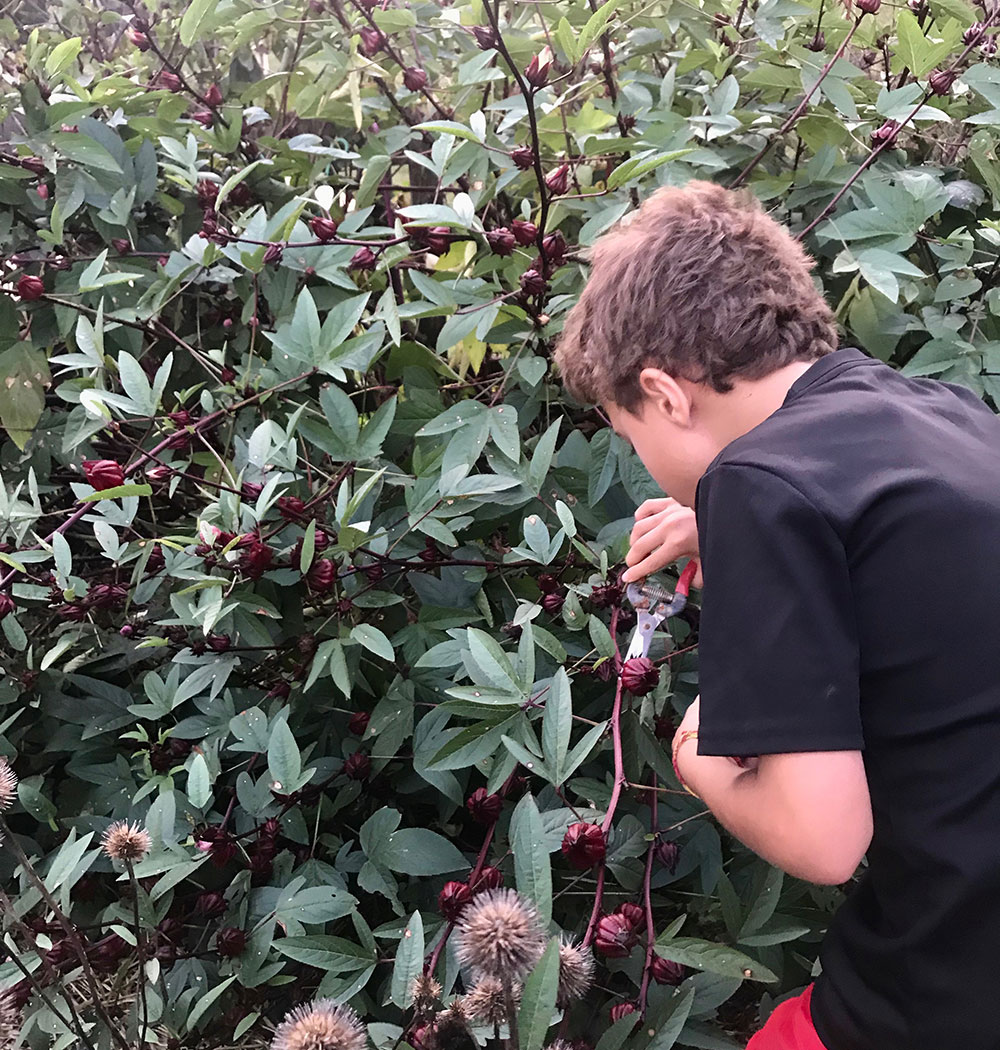
Roselle performs best in full sun with high-fertility soils. Adding well-aged manure or compost will help. These plants can get quite large, so space them 18 to 24 inches apart to form a hibiscus hedge. When the seedlings are about 10 inches high, pinch back their tops to encourage them to bush out. Fertilize as needed in May and June to increase plant size. Reduce or stop fertilizing as the season wears on. Water well during establishment.
The blooms require patience
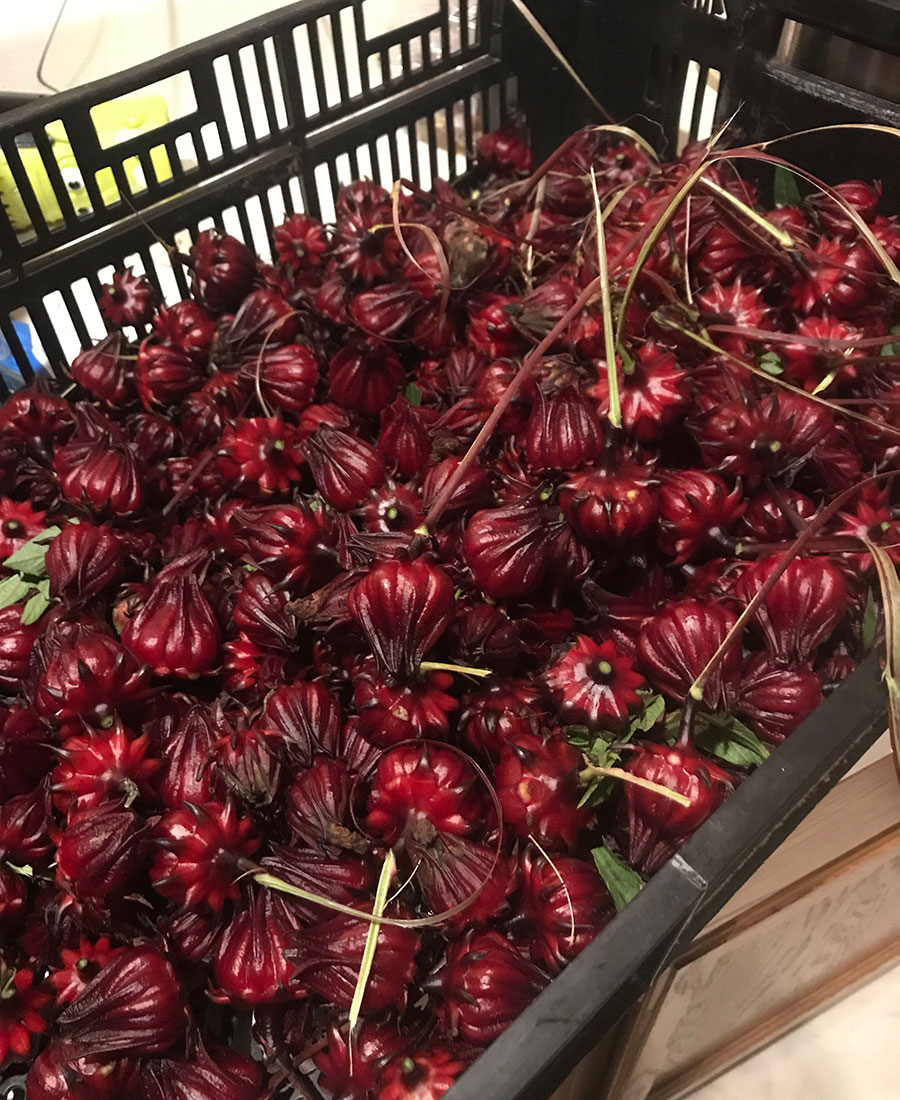
Don’t be worried if you don’t see blooms until late summer or early fall. You need to be patient; plants will bloom as they mature. Rose and cream-colored blooms will yield to seedpods on every stem. Surrounding each of these seedpods are fiery red calyxes that can be harvested. You can choose to harvest as they mature, or wait for one big harvest later in the fall. Peel the calyxes from the seedpods to complete your harvest.
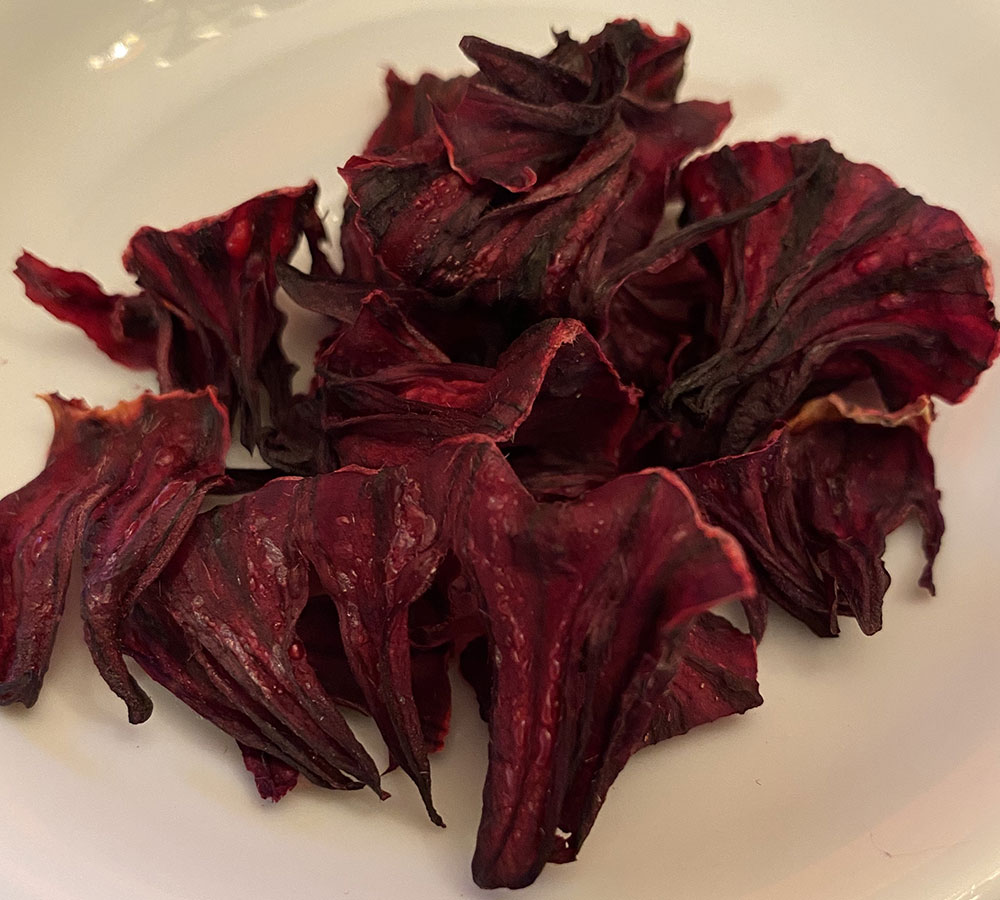
You can certainly allow some seeds to mature on the plant and save them for next year. I got my first seeds of roselle from Renee Shepherd at Renee’s Garden seed company. I reached out to Renee to ask about harvesting herbal tea from roselle. She said, “I pick the fresh calyxes and air dry them in a cool place. They keep for so long and make such delicious tea!” A food dehydrator is also a quick and easy way to preserve calyxes. This herbal tea can be served warm or hot and has a floral cranberry-like flavor. Orange slices seem to complement it just right. The pleasure of drinking the tea is increased by the knowledge that you grew it yourself! Research is ongoing but points to the potential for wonderful health benefits from drinking this herbal tea.
Have fun

At home my veggie and herb garden is quite modest. Growing this hibiscus, which takes up a pretty large area, is a commitment. In fact, I’ve had plants get 3 feet high and wide. And roselle is not like a tomato that you can start harvesting in June. You plant it in spring and don’t get any reward until fall. But I have to say, it really is a fun plant to grow. Its ornamental characteristics are a pleasure in the garden—so much so that I don’t just plant it in the vegetable garden. While it’s flowering it can hold its own with most flowering annuals. Perhaps the best part of growing it is preparing a cup of herbal tea in the heart of winter from something you grew the past year. It reminds you that spring is around the corner and that you will be back in the garden soon.
—Andy Pulte is a faculty member in the plant sciences department at the University of Tennessee.
Fine Gardening Recommended Products

Planting in a Post-Wild World: Designing Plant Communities for Resilient Landscapes
Fine Gardening receives a commission for items purchased through links on this site, including Amazon Associates and other affiliate advertising programs.

ARS Telescoping Long Reach Pruner
Fine Gardening receives a commission for items purchased through links on this site, including Amazon Associates and other affiliate advertising programs.

The Crevice Garden: How to make the perfect home for plants from rocky places
Fine Gardening receives a commission for items purchased through links on this site, including Amazon Associates and other affiliate advertising programs.


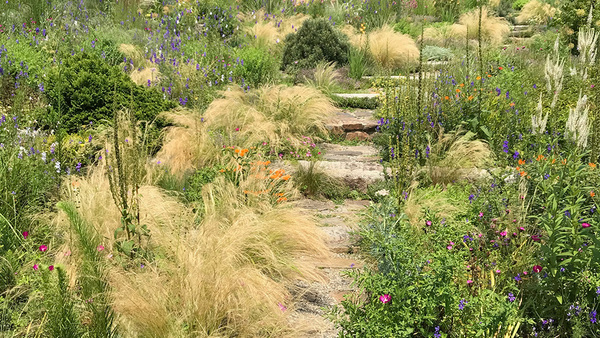


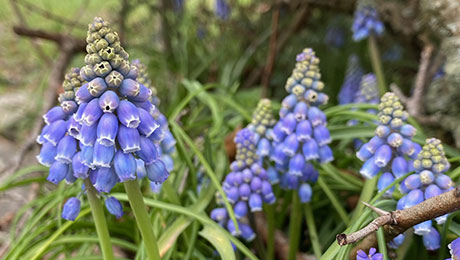

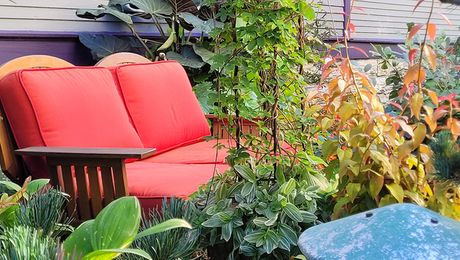











Comments
Log in or create an account to post a comment.
Sign up Log in